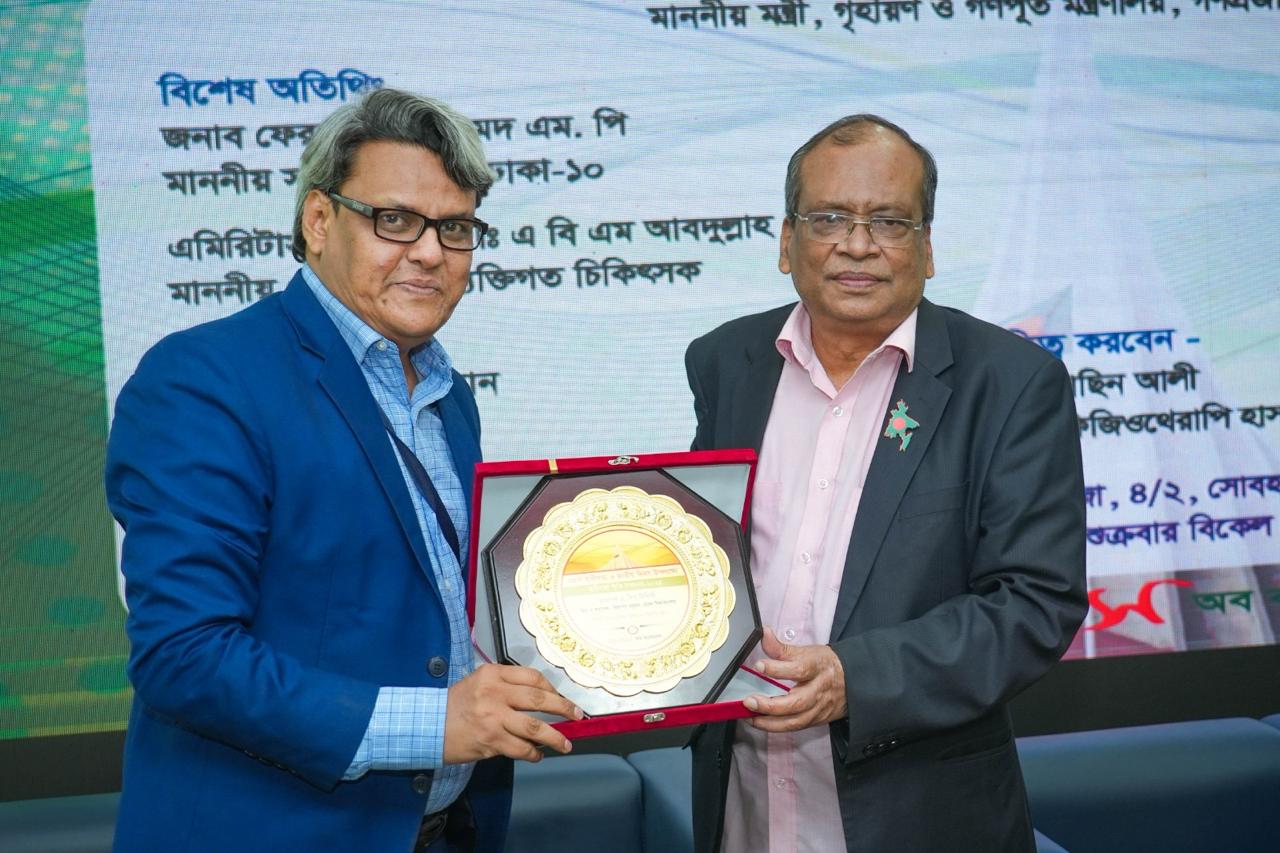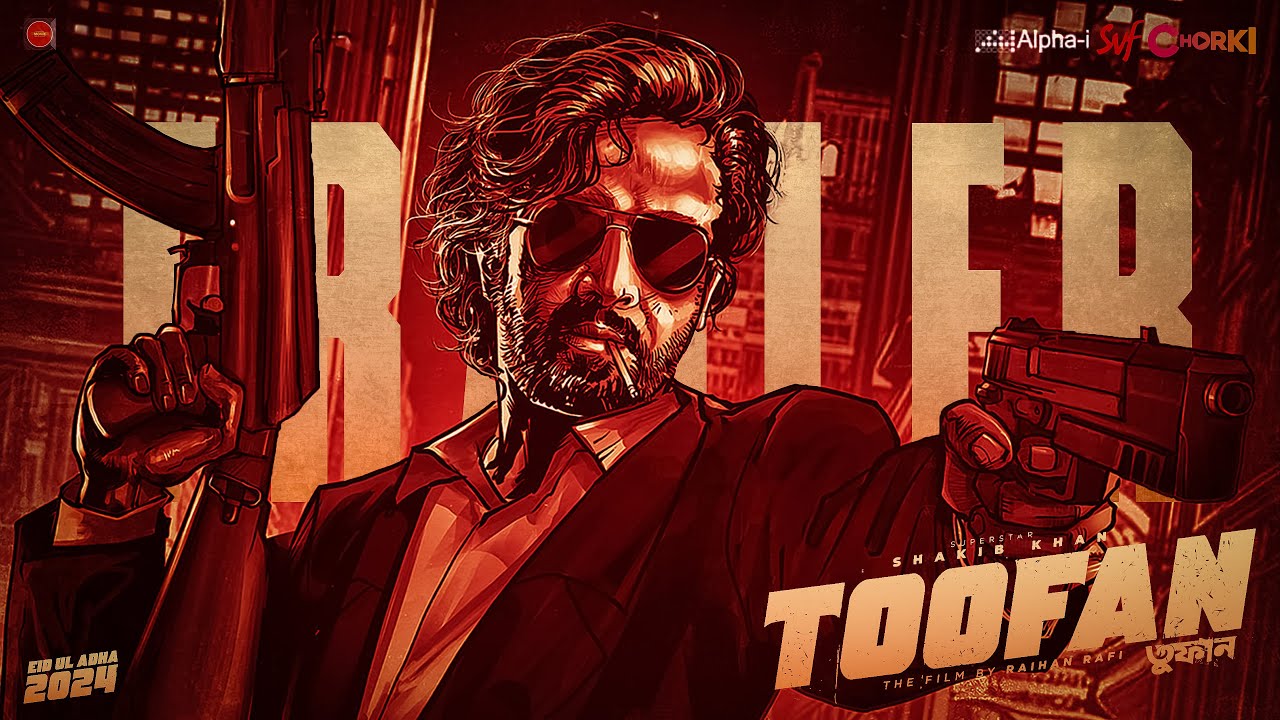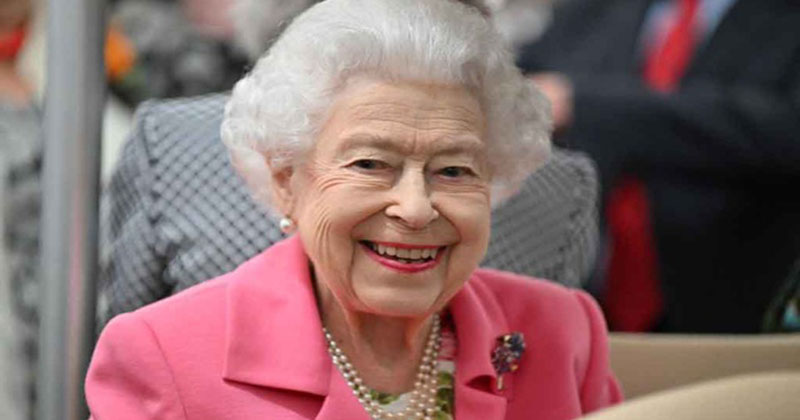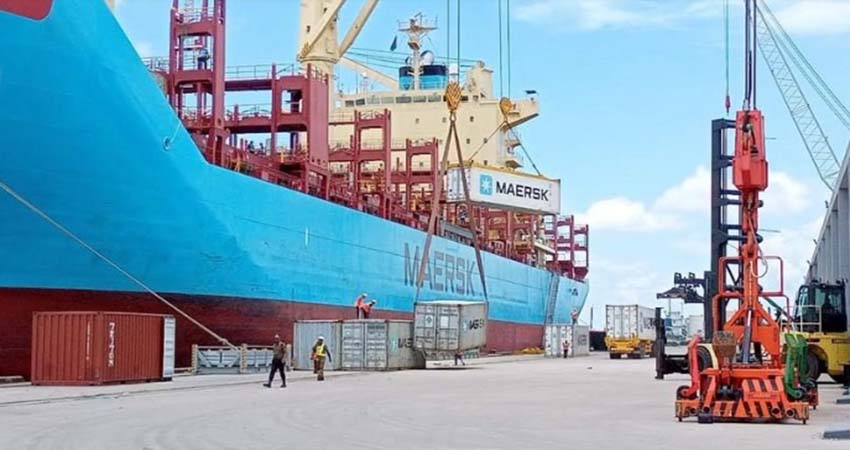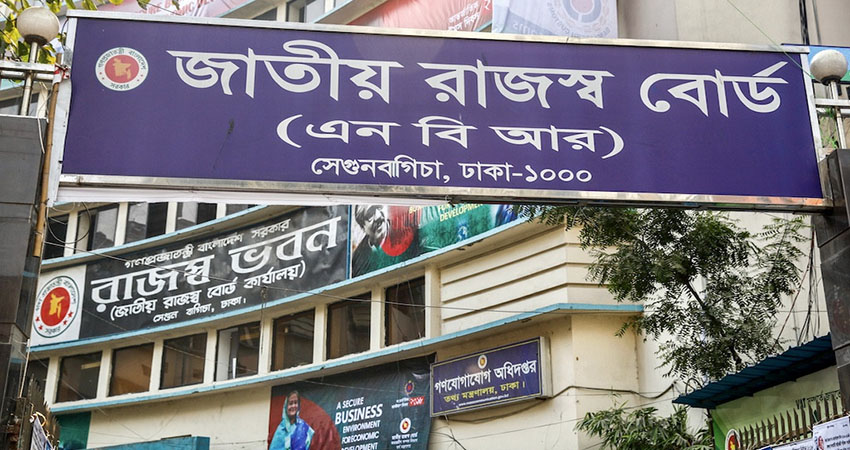Any good doctor will tell you that the most crucial step in addressing a patient's complaint is reaching an accurate diagnosis. Industrialist Naushad Forbes, Co-Chairman of Forbes Marshall, a steam and process engineering solutions provider, approaches India's economy much like a clinician would do, armed with the added advantage of having the hands-on experience of running an industrial company. Over the course of his 375-page tome, Forbes lays out a compelling vision of what needs to be done to actualise India's immense economic potential, a potential he passionately believes in.
Wearing an academic's hat whenever required, the Ph.D. in Industrial Engineering from Stanford University, who has taught courses as a Consulting Professor at his alma mater, weaves a narrative that starts with first identifying what holds the country back from achieving its promise.
Armed with a wealth of charts, anecdotes, eclectic references from diverse fields of study and R.K. Laxman's inimitable cartoons, Forbes posits that India's struggle to create a business-friendly environment has been accompanied by governments that 'control some things too much and neglect others'. It is not just the lack of recognition that we have 'low state capacity', but the tendency to overreach and police policy areas which ends up harming the economy and proving counterproductive that concerns him.
He gives an example of how the government's approach to the COVID-19 pandemic saw the initial adoption of a draconian approach that "gave the home ministry complete power over economic activity and movement" and led to a situation where the unprecedented power for officials to act resulted in multiple interpretations of the rules at multiple levels of government followed by "clarification after clarification". The result, according to Forbes, was "an economy tied up in knots". On the other hand when the second wave struck, the Union government's response was "equally erratic, in the opposite direction".
As a remedy, he suggests we first acknowledge the low state capacity and limit the state's actions to very few areas such as public health, in which it must seek to excel. Forbes's book, however, is not another well-intentioned homily on what the government must and must not do. He is equally demanding of his fellow industrialists.
Observing that India, and especially the country's industry, patently lags in innovation, Forbes notes that there is barely any emphasis laid on design and research and development.
Laying the onus on industry to be at the vanguard of getting the country to realise its potential, Forbes urges industry to invest in inclusive growth,
embrace an open trade policy (as opposed to seeking protectionist tariffs) in order to become globally competitive, and "invest in innovation and design to build proprietary capabilities".
Education, particularly primary and secondary education, public health, and job creation, including the quality of jobs, are other areas that he identifies as major constraints bedevilling the country's capacity to deliver on its potential.
Push for inclusion
Forbes also emphatically asserts the importance of capitalising on a culture that is at once diverse and a source of soft power in the international arena.
Right through the book runs the leitmotif: of ensuring that institutions remain or become (if not already so) strong, independent and inclusive; an industry and society at large that displays an openness to outside ideas and a keenness to apply them; a polity that is authentic, open, democratic and listening (including, vitally, to criticism from industry, and dissent).
While Forbes' book may not prove wildly popular in the current socio-political climate given his disdain towards pulling his punches when commenting on some of the contemporary ills of our society, it offers invaluable insights on why and how India can yet aim to attain global leadership. A vision he is deeply convinced of and compellingly draws the reader into believing as well.
Courtesy: THE HINDU


